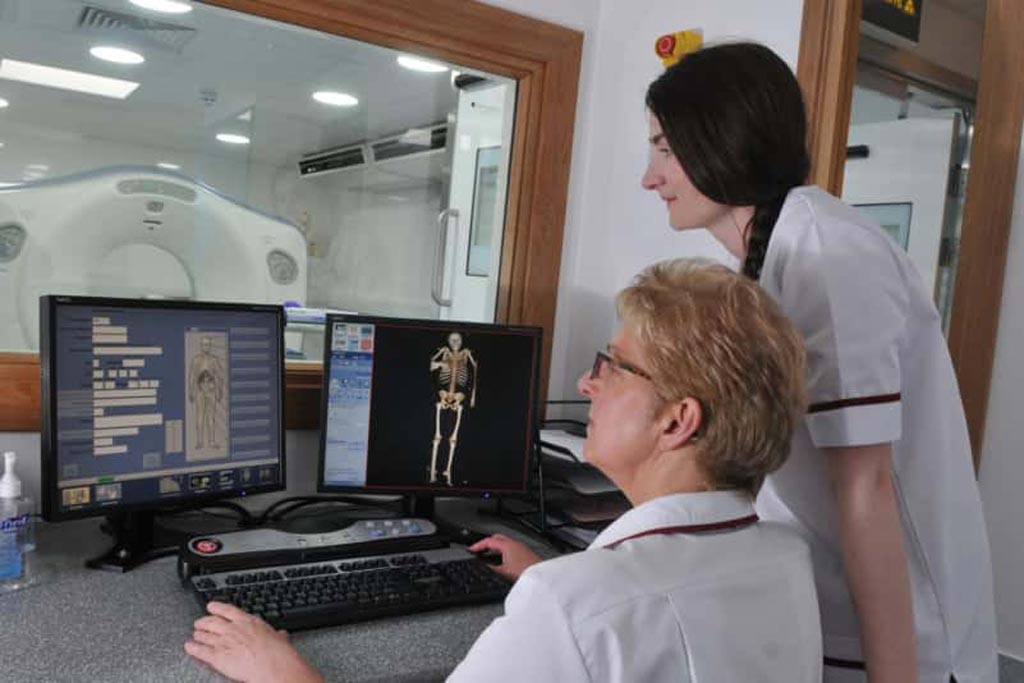Post-Mortem CT Angiography Increases Forensic Accuracy
By MedImaging International staff writers
Posted on 04 Jul 2018
A new study suggests that post-mortem CT angiography (PMCTA) can detect 90% of incidental findings, while autopsy finds only 61%.Posted on 04 Jul 2018
Researchers at the University Center of Legal Medicine Lausanne-Geneva (CURML; Switzerland), the University of Leipzig (Germany), and other institutions conducted an autopsy study on 500 human corpses to determine if computed tomography (CT) and PMCTA could help to detect more lesions than autopsy alone, to evaluate the strengths and weaknesses of each method, and to define their indications. All images were read by an experienced team including one forensic pathologist and one radiologist blinded to the autopsy results.

Image: A new study suggests post-mortem CT angiography helps uncover causes of death (Photo courtesy of Royal Preston Hospital).
The results revealed that among 18,654 findings, autopsies identified 61.3%, postmortem CT helped to identify 76%, and PMCTA helped identify 89.9%. PMCTA was superior to autopsy, especially at helping to identify essential skeletal and vascular lesions. Among the forensically essential findings, 23.4% were not detected at autopsy, while only 9.7% were missed at PMCTA. The best results were obtained when PMCTA was combined with autopsy. The study was published on May 1, 2018, in Radiology.
“The idea of the PMCTA is to simulate a post-mortem circulation. The heart is ‘replaced’ by a perfusion device, similar to the heart-lung machine that replaces the heart during heart surgery,” said lead author Silke Grabherr, MD, PhD, of CURML. “This method could, in many cases, be an alternative to invasive autopsy if such an opening of the body is not possible. This offers new investigation possibilities, for example, in countries where a conventional autopsy is not accepted or in cases where family members can refuse it.”
“The combination of bone lesions and vascular lesions is especially seen in cases of traumatic death, such as falls from height, traffic accidents, ballistic trauma, and sharp trauma in homicides and suicides,” concluded Dr. Grabherr. “This means that PMCTA is an excellent choice to investigate such cases, and can be used combined with or even independently of conventional autopsy for investigating in these cases.”
Compared with conventional autopsy, postmortem CT has several advantages, but the main reported weakness is relatively low soft-tissue contrast, especially in organ parenchyma, and poor ability to view the vascular system. This limitation can be overcome by using a scanning protocol and specific perfusion devices, with an intravenous oil-based contrast agent of specific viscosity. The most widespread single approach for postmortem angiography today is multiphase PMCTA.
Related Links:
University Center of Legal Medicine Lausanne-Geneva
University of Leipzig














